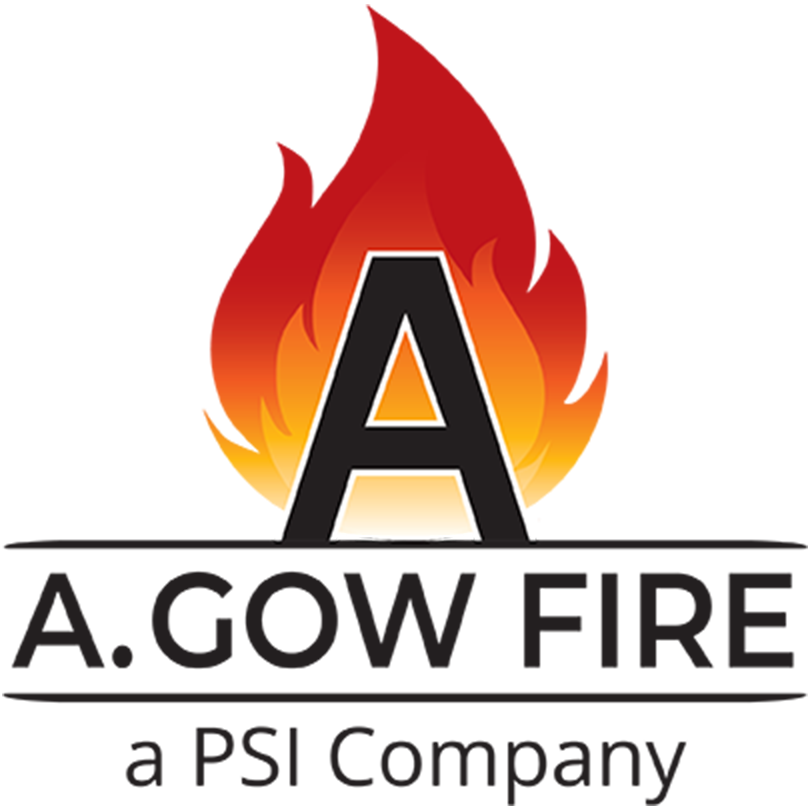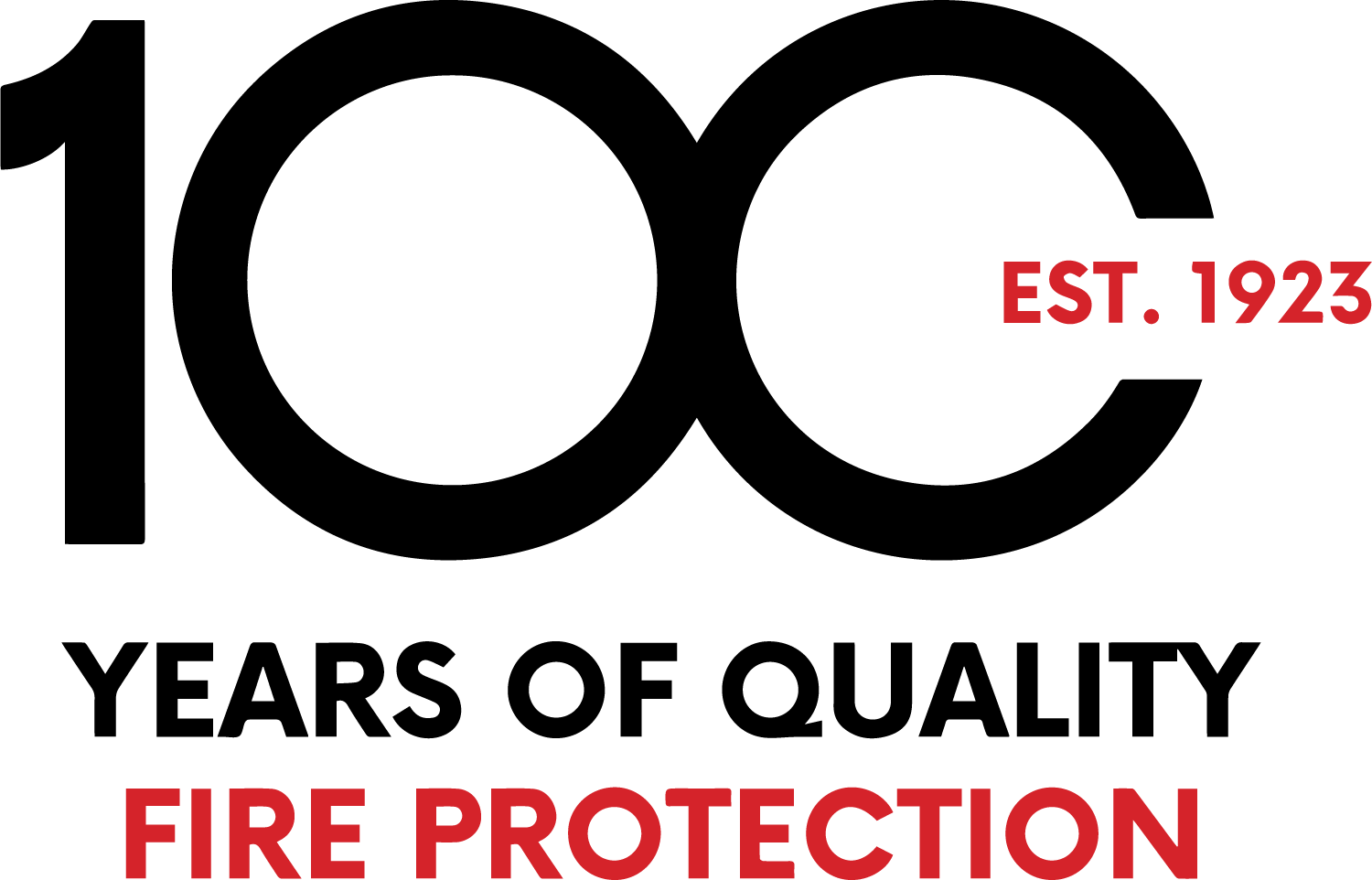Portable Fire Extinguishers Sales - Service - Inspection
Current OSHA standards require employers to provide portable fire extinguishers properly mounted or located and readily accessible to employees without subjecting the employees to possible injury.
OSHA requires monthly inspections, with a filed report, for all the portable fire extinguishers located at the business. In addition to OSHA, the NFPA (National Fire Protection Association) also mandates monthly inspections for portable fire extinguishers.
The Gow Fire team is here to help you keep your employees safe and your company compliant with OSHA and NFPA standards (and insurance requirements) for portable fire extinguishers.
Portable Fire Extinguishers
Did you know that fire extinguishers can effectively put out 80% of fires? Almost 2 million fires are handled entirely by a fire extinguisher in the U.S. every year. (EnGauge Inc.)
When a fire extinguisher gets used on a fire in the United States, 75% of the time, the fire department is not required to attend the incident. (EnGauge Inc.)
Your physical location’s business type and potential fire risks determine the types and number of portable fire extinguishers you’ll need.
The most common fire extinguisher classifications are as follows:
- Class A– Solid combustibles excl. wood, cloth, paper, plastics, and rubber
- Class B– Flammable liquids incl. oil, gasoline, paint, and grease
- Class C– Energized electrical fire (Remove the electrical source, a Class C fire becomes null and void)
- Class D– Combustible metals (Magnesium)
- Class K– Cooking oil, animal and vegetable fats, and grease
We carry only the best portable fire extinguishers from Amerex & Ansul.
Portable Fire Extinguisher Inspections
Because the fire extinguisher is your first line of defense, it makes sense to inspect the unit regularly for proper operation.
Here is an overview of our portable fire extinguisher inspection:
- Our tech starts by performing a visual inspection of the unit
- Next, we clean the extinguisher to remove any accumulated dust or dirt
- Ensure the pull pin works correctly
- Check that the gauges work correctly
- Weigh the unit to determine the amount of suppressant inside
- Verify the seals hold pressure correctly
- Inspect the hose for wear or cracks
- Verify tag information
- Complete your inspection report
- Upload our findings to the Building Reports website
Then you can access your portable fire extinguisher report and forward it to OSHA, the NFPA, your landlord, and your insurance company.


